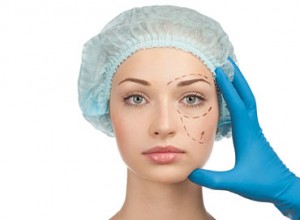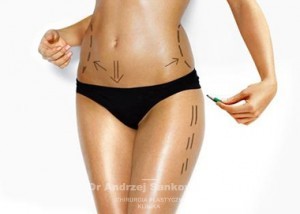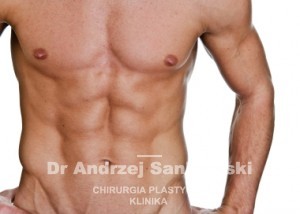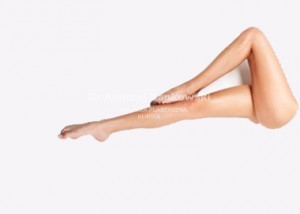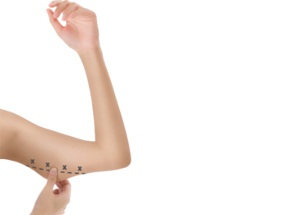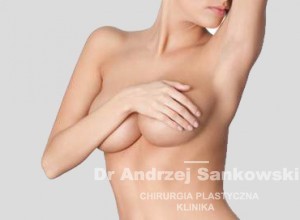Varices Treatment

Varices are operated not only for cosmetic reasons; it should be remembered that this is a serious disease, which untreated can lead to thrombotic vein inflammation, pulmonary artery blockage, varicose vein ulcers of the lower extremity. The aim of the surgical procedure of varicose veins is to remove all widened superficial veins and possibly fix the inefficient veins in order to prevent relapse of the disease and achieve the best cosmetic effect possible.
Sometimes, instead of surgery, cryotherapy can be used, i. e. freezing of varicose veins with a special device with a very low temperature tip. The cosmetic effect is similar to that of the traditional procedure.
Alternative method in case of single varicose veins and so-called “spider veins”, there is sclerotherapy. It depends on repeated repetitive injections into varicose veins of substances, which cause their closure and disappearance. The disadvantage of the method is the necessity to repeat the rather unpleasant procedures.
GOAL
The operation of varicose veins is performed not only because of the aesthetic, but also because of the varicose veins leading to various complications. The aim of the procedure is to remove any enlarged veins and to fix inefficient veins.
PREPARATION
In order to perform the procedure, a good general health condition of the patient is required, all chronic diseases should be regulated. Be fasted for 6 hours before surgery. You can operate one or two limbs at the same time. It is important to vaccinate against hepatitis B.
CONTRAINDICATIONS
- chronic ischaemia of the lower limbs
- diabetes
- circulatory system diseases
- severe arterial hypertension
- respiratory distress
- varicose vein ulcers of the shank
- vein thrombosis
TESTS FOR THE PROCEDURE
For general anaesthesia, the following tests are necessary:
- morphology with blood smear, ESR
- fasting blood glucose level
- blood type
- electrolites (K, Na)
- urine test
- coagulogram (APTT, Prothrombin Ratio. INR)
- ionogram, urea, creatinine
- Antigen HBS, HIV, HCV,
- ECG with description
- chest radiograph
For local anaesthesia, the following tests are necessary:
- morphology with blood smear, ESR
- coagulogram (APTT, Prothrombin Ratio, INR)
TYPE OF ANAESTHESIA
The procedure is performed under general or local anaesthesia.
DURATION OF THE PROCEDURE
The treatment can last between one and a several hours, it depends on how many varicose veins are operated.
POSTOPERATIVE SYMPTOMS
With small and shallow varicose veins, the cuttings are almost invisible, while tying of inefficient piercing veins usually requires slightly longer cuts. After the treatment we put dressing and elastic bandage on the limb. Clinic can be left in a few hours or several hours after the procedure, it is advisable to return to physical activity as soon as possible. For a few weeks after the procedure, the limb should be bandaged every day for the duration of physical activity; the stitching is removed after approx. 10 days.
COURSE OF CONVALESCENCE
The patient should return to active life as soon as possible, you can return to work after 1 week, of course it is important what kind of work the patient does. The standing work extends the time of absence. Walks and cycling are advisable. It is also necessary to remember that a long stay in the sun, overweight, high heels or bathing in hot water damages the veins.
POSSIBLE COMPLICATION
- haematomas
- wound infection
- worse healing of wounds (in case of smokers)
TIME SPENT IN THE CLINIC/ABSENCE
The stay in the clinic lasts about 1 day. Absence is approx. 2 weeks.
PROCEDURE’S EFFECTS
The effect of the procedure is particularly satisfactory for young women. The cuts are very discreet, the legs look beautiful and what is important is to overcome the danger of varicose veins.

